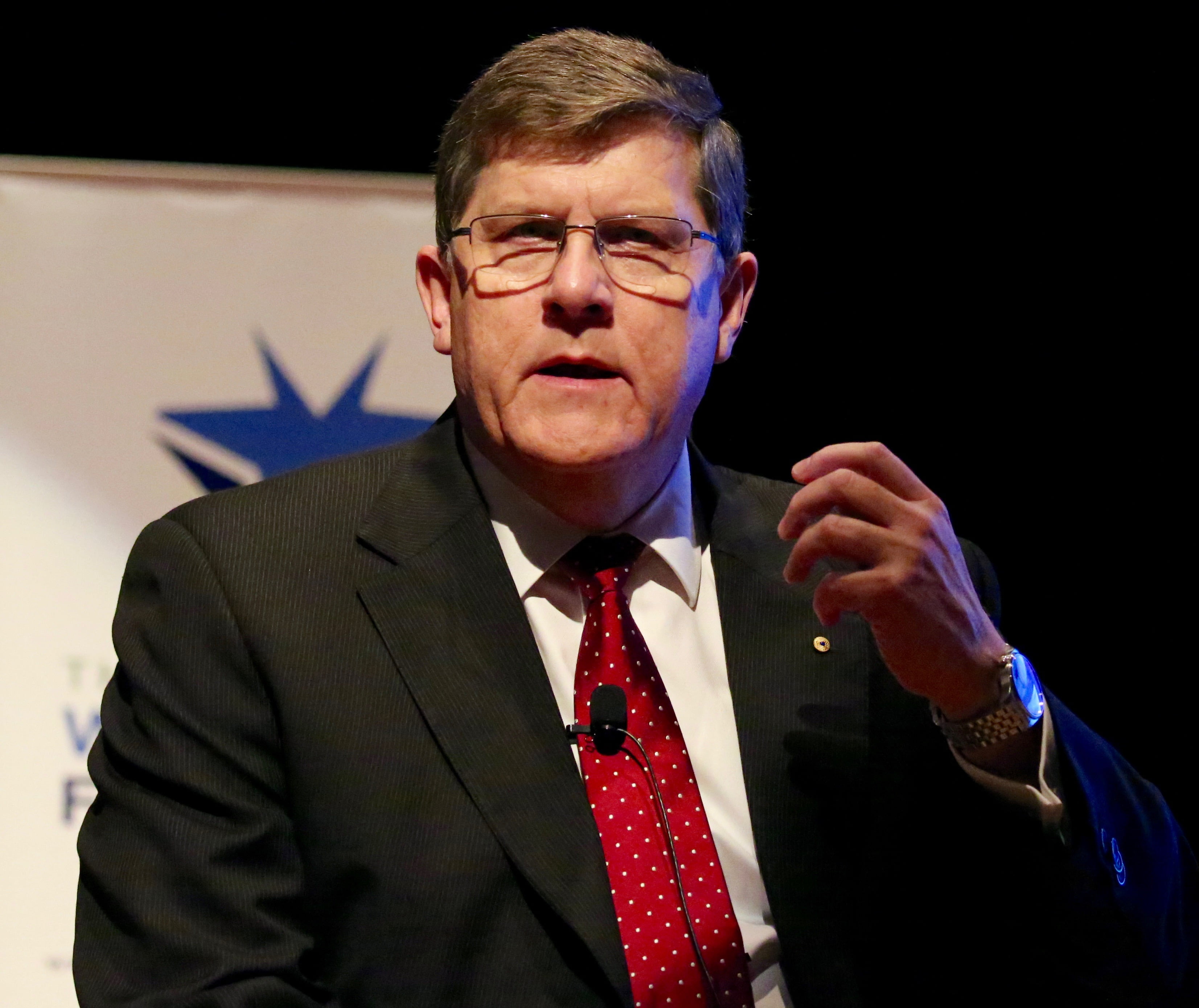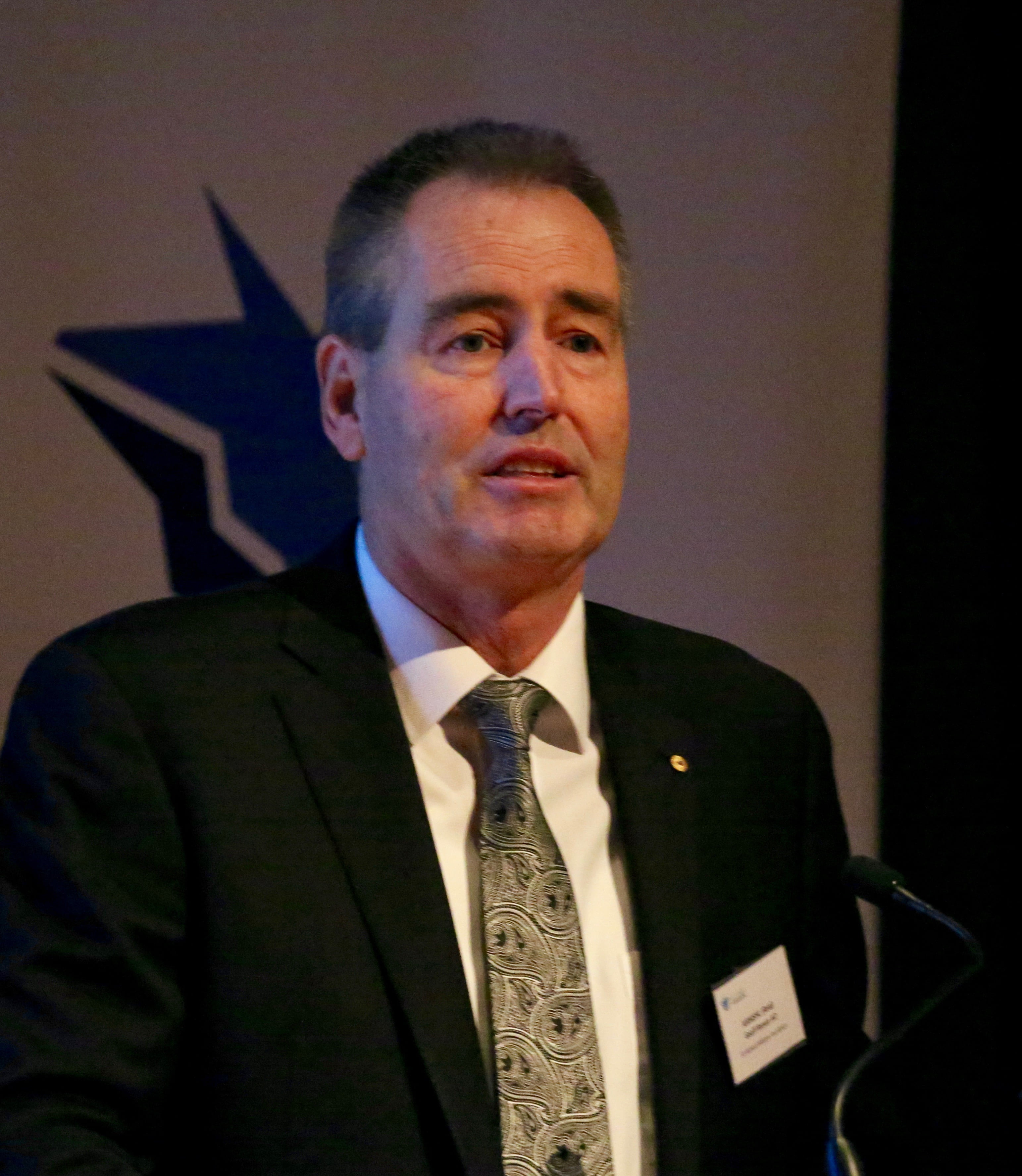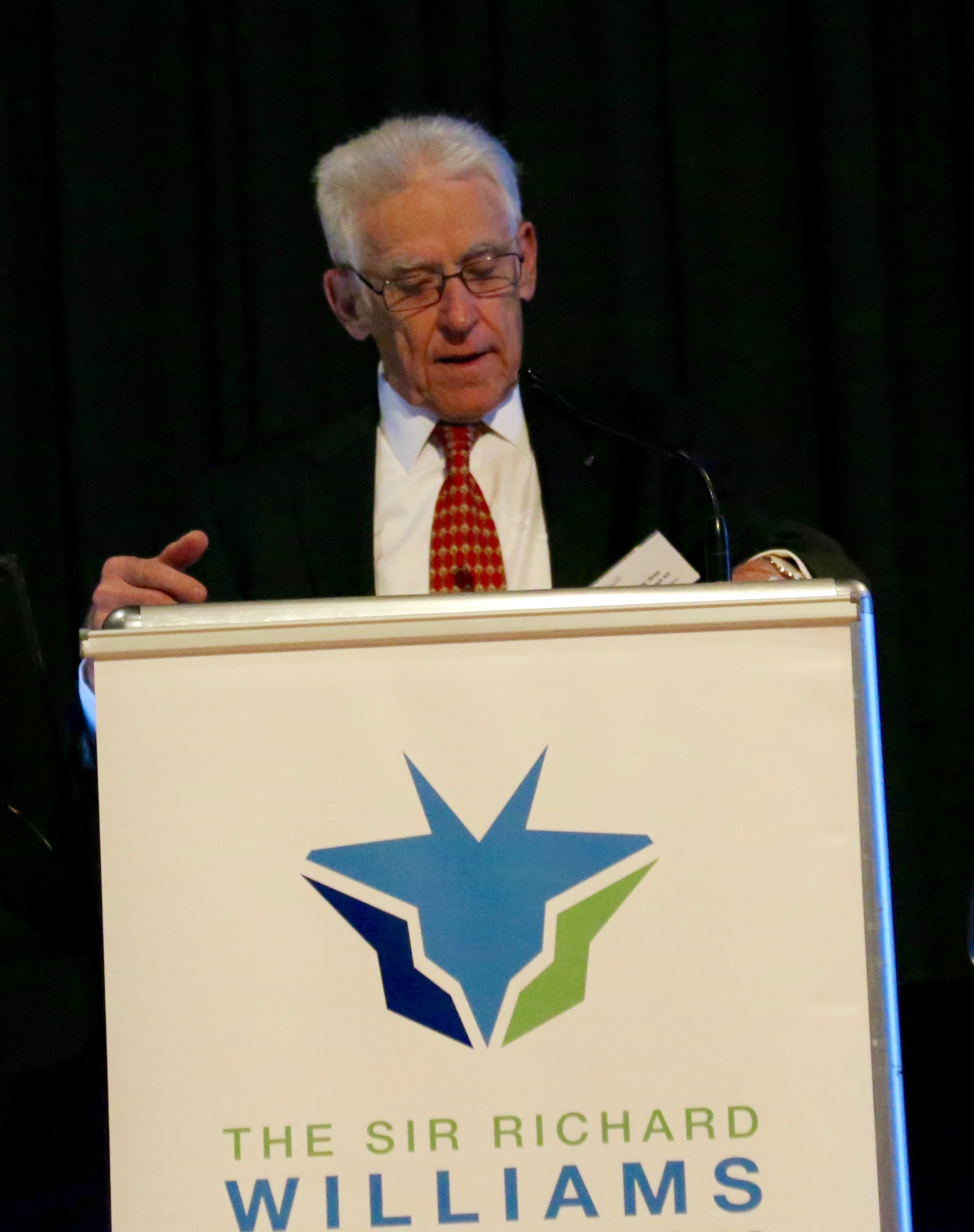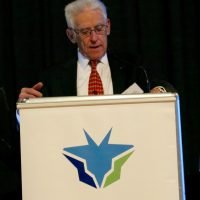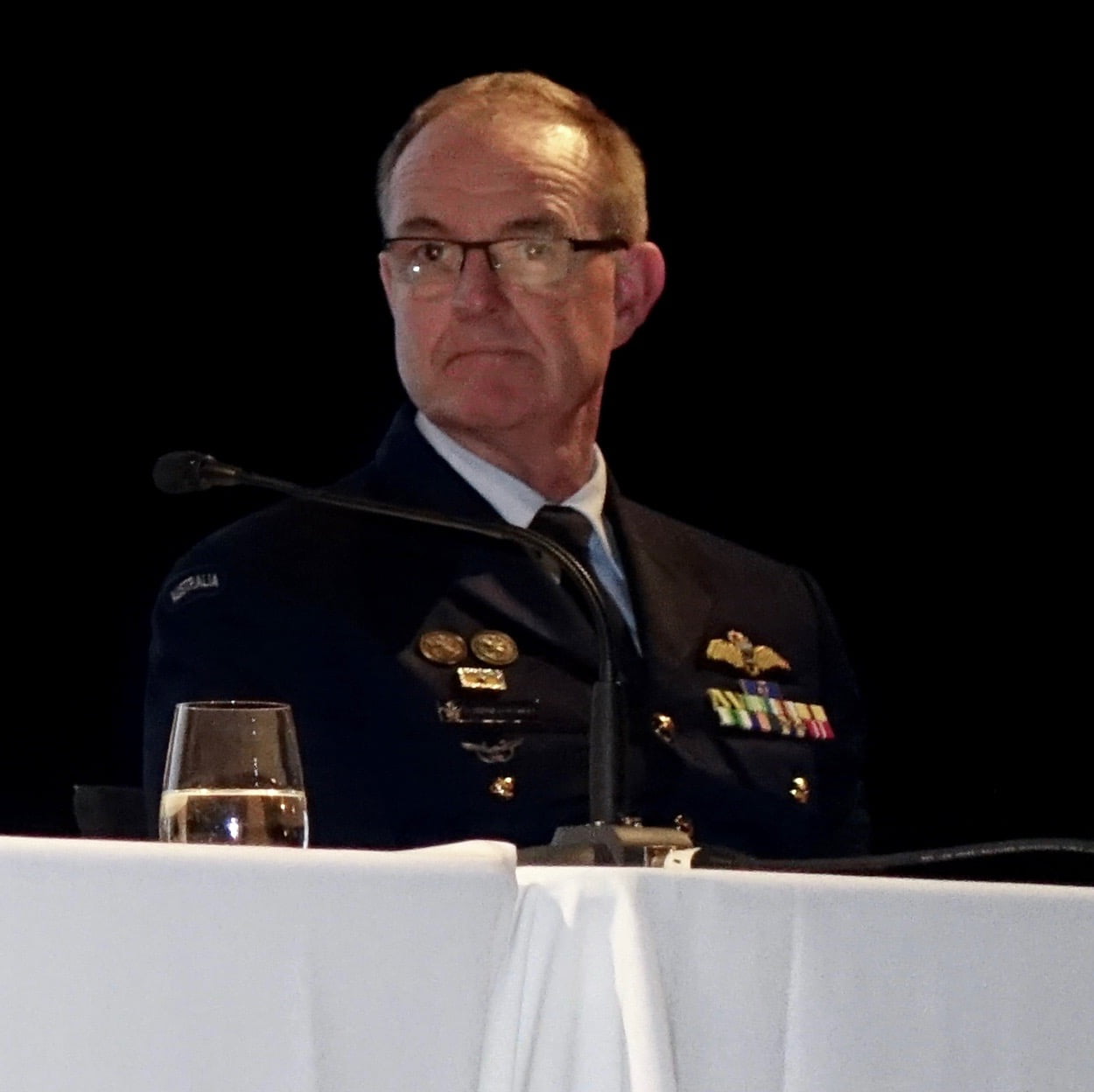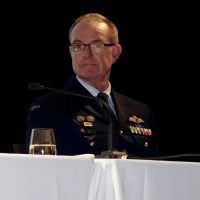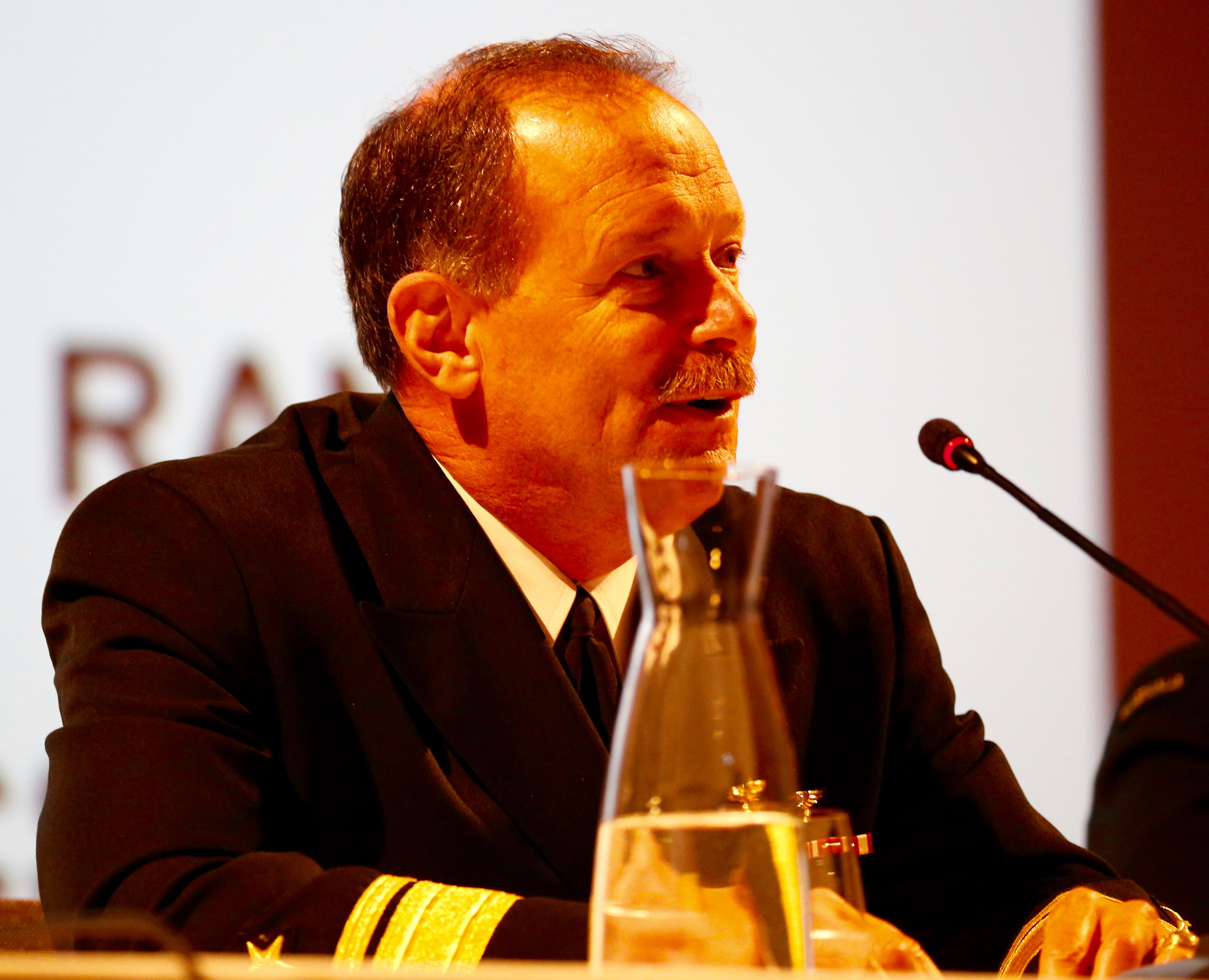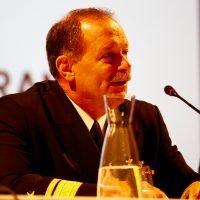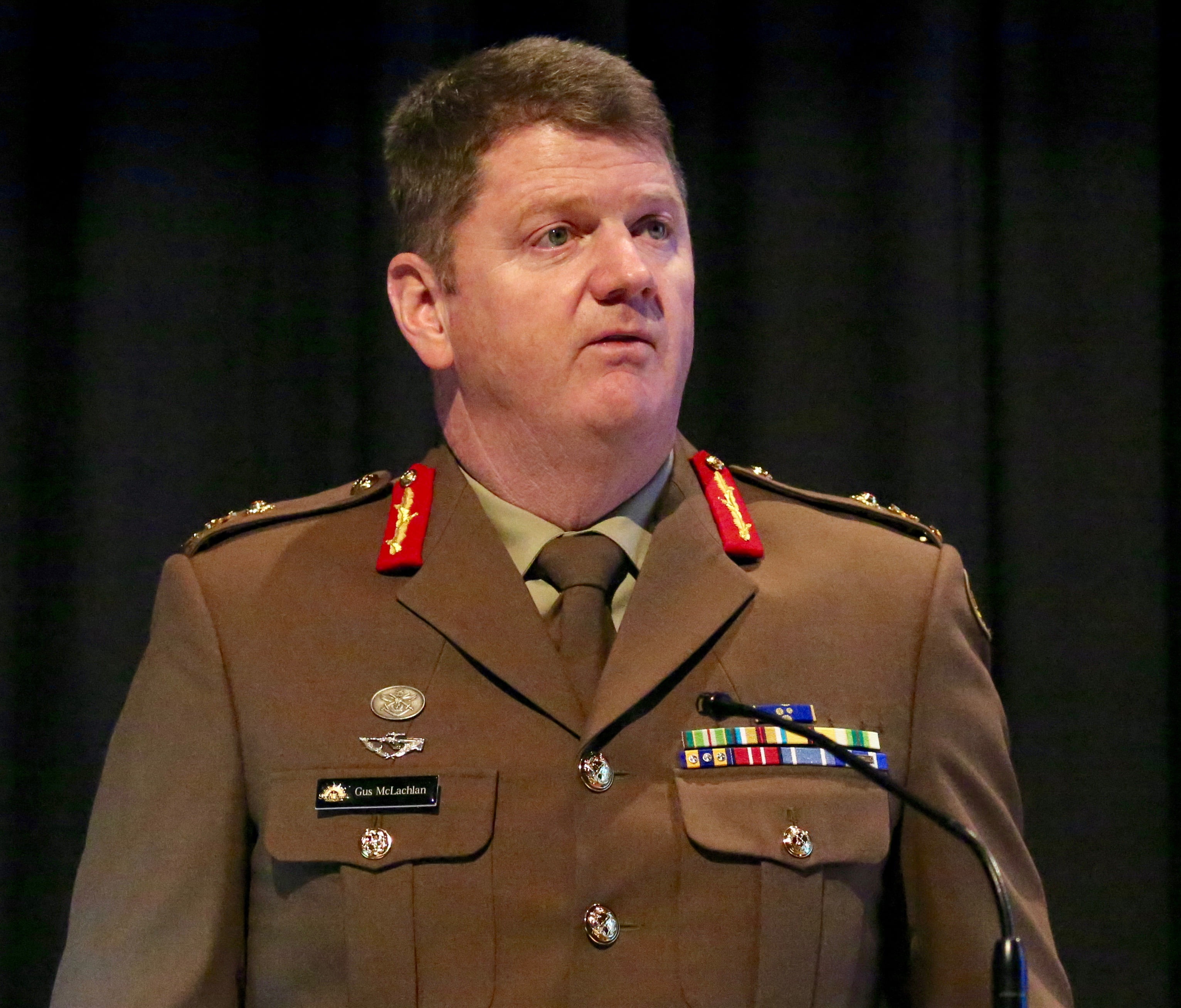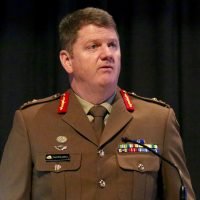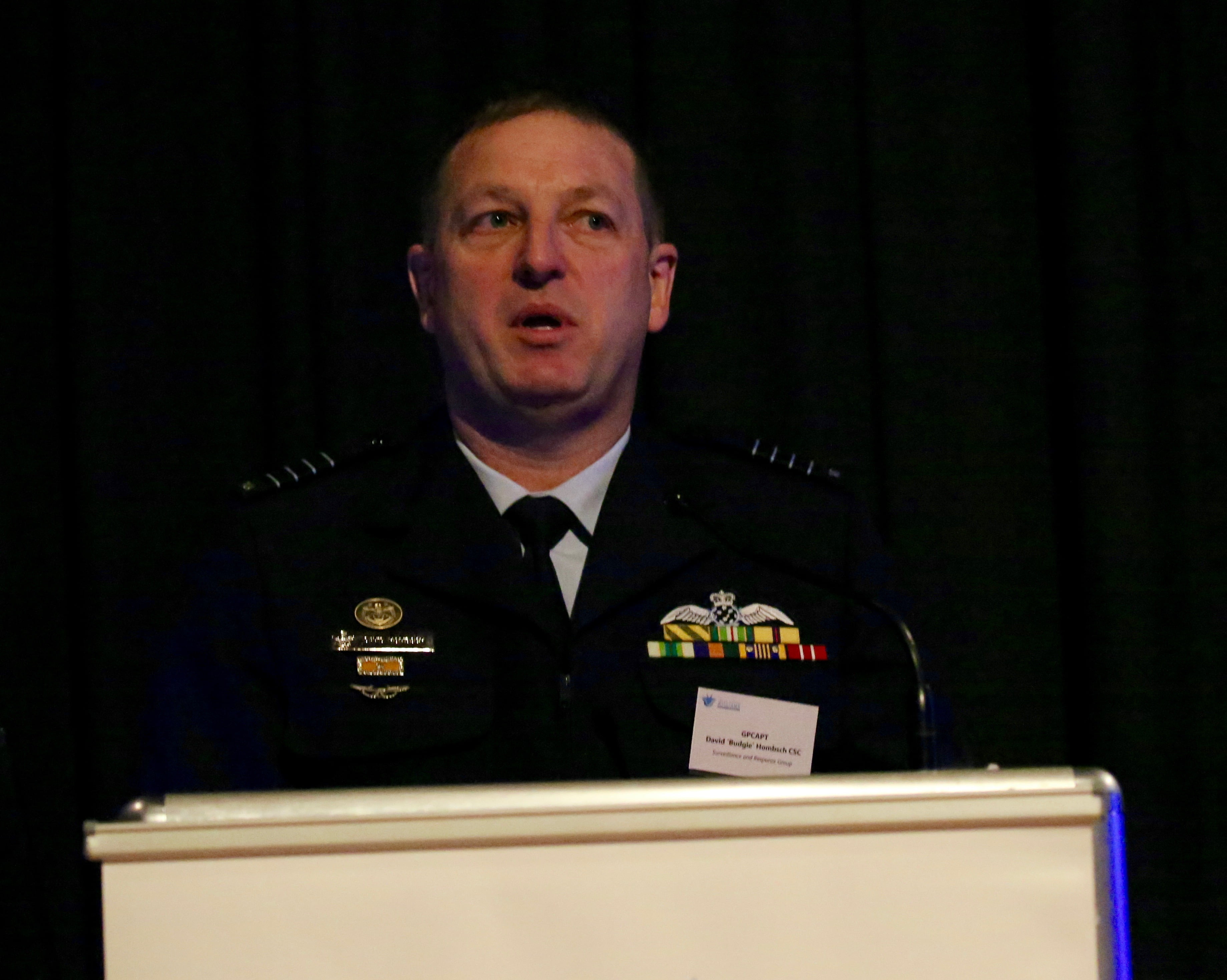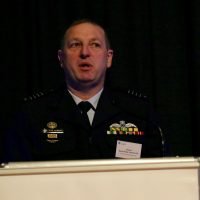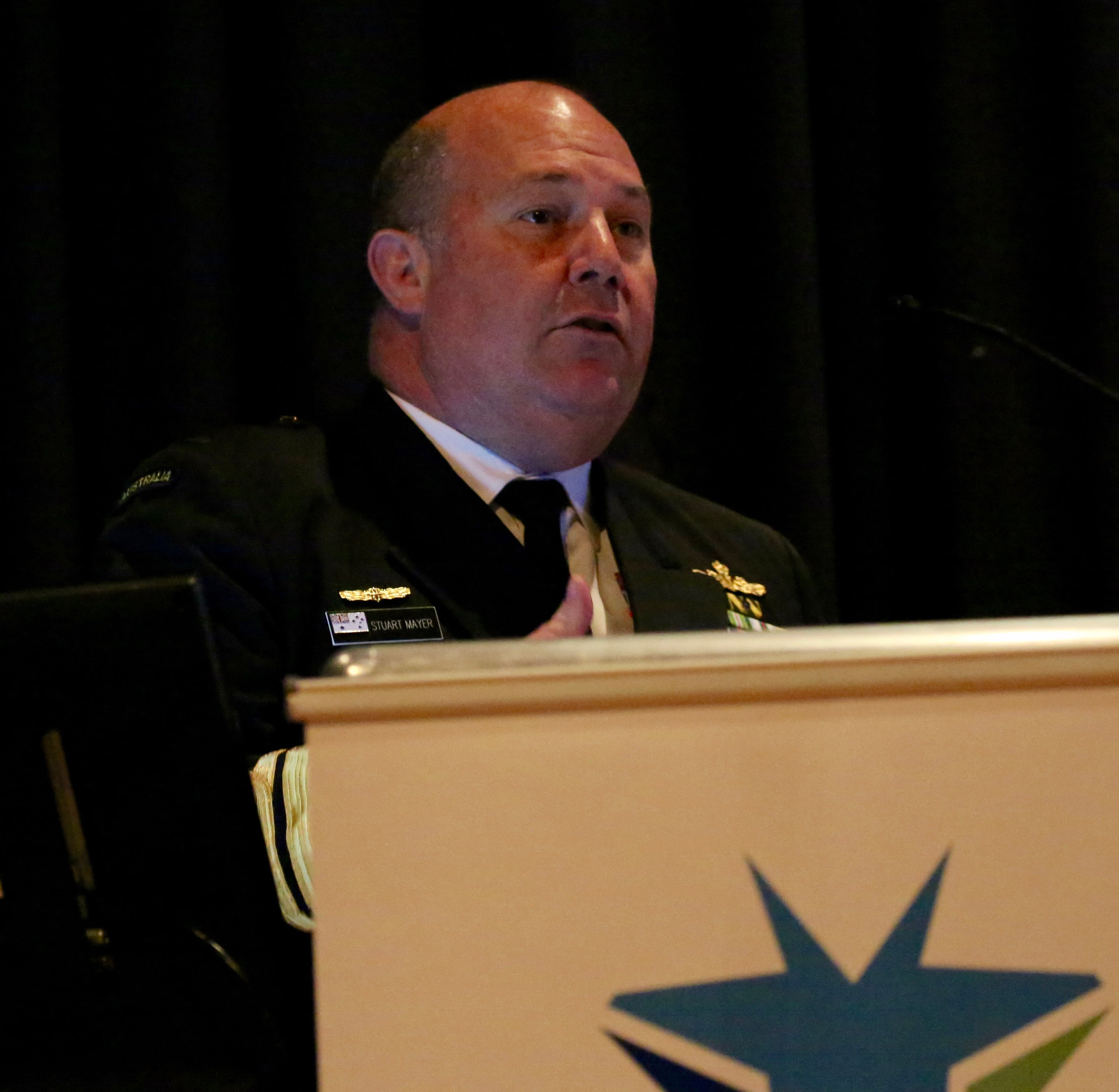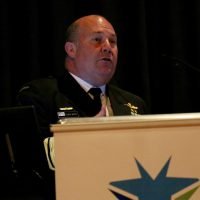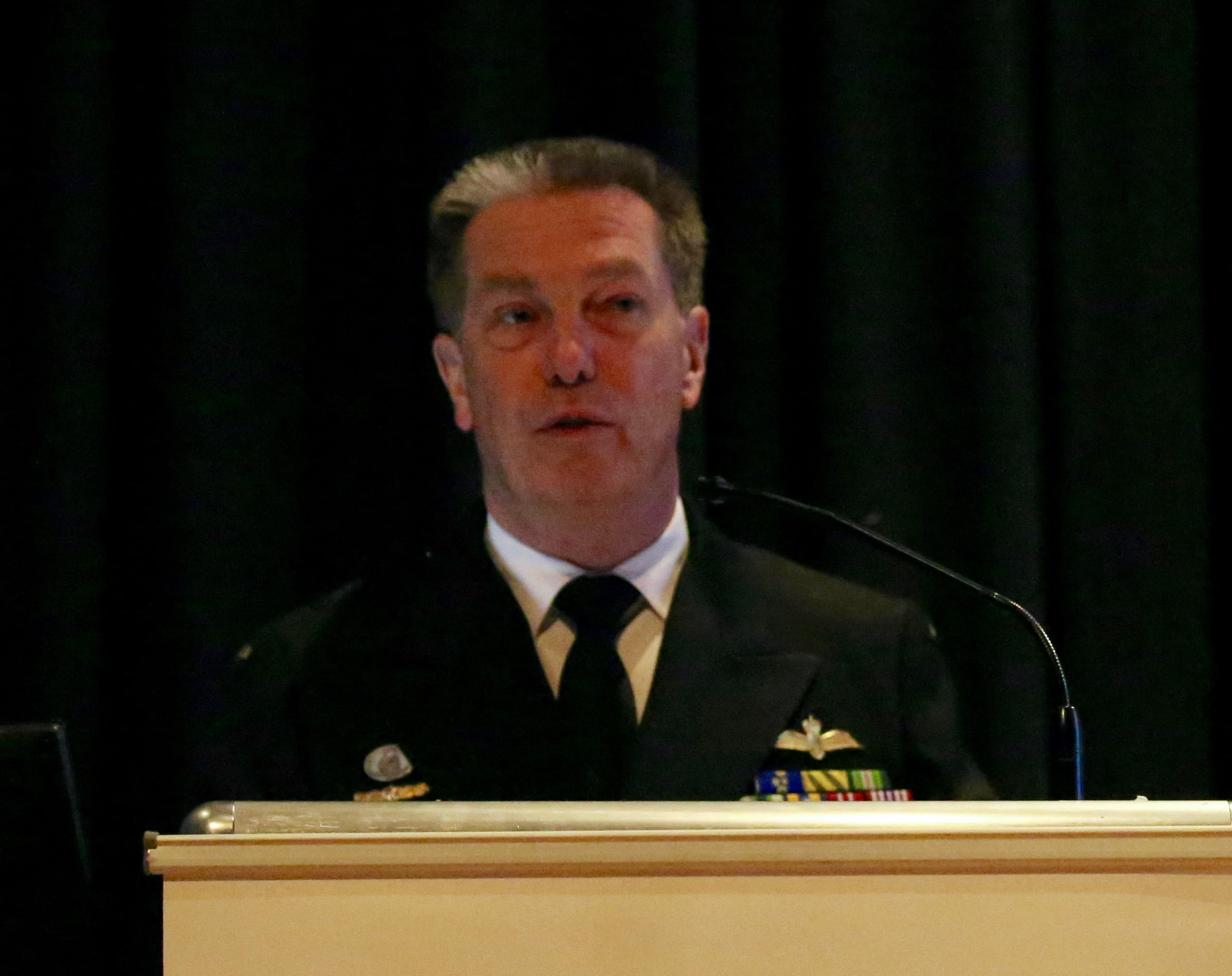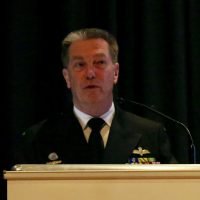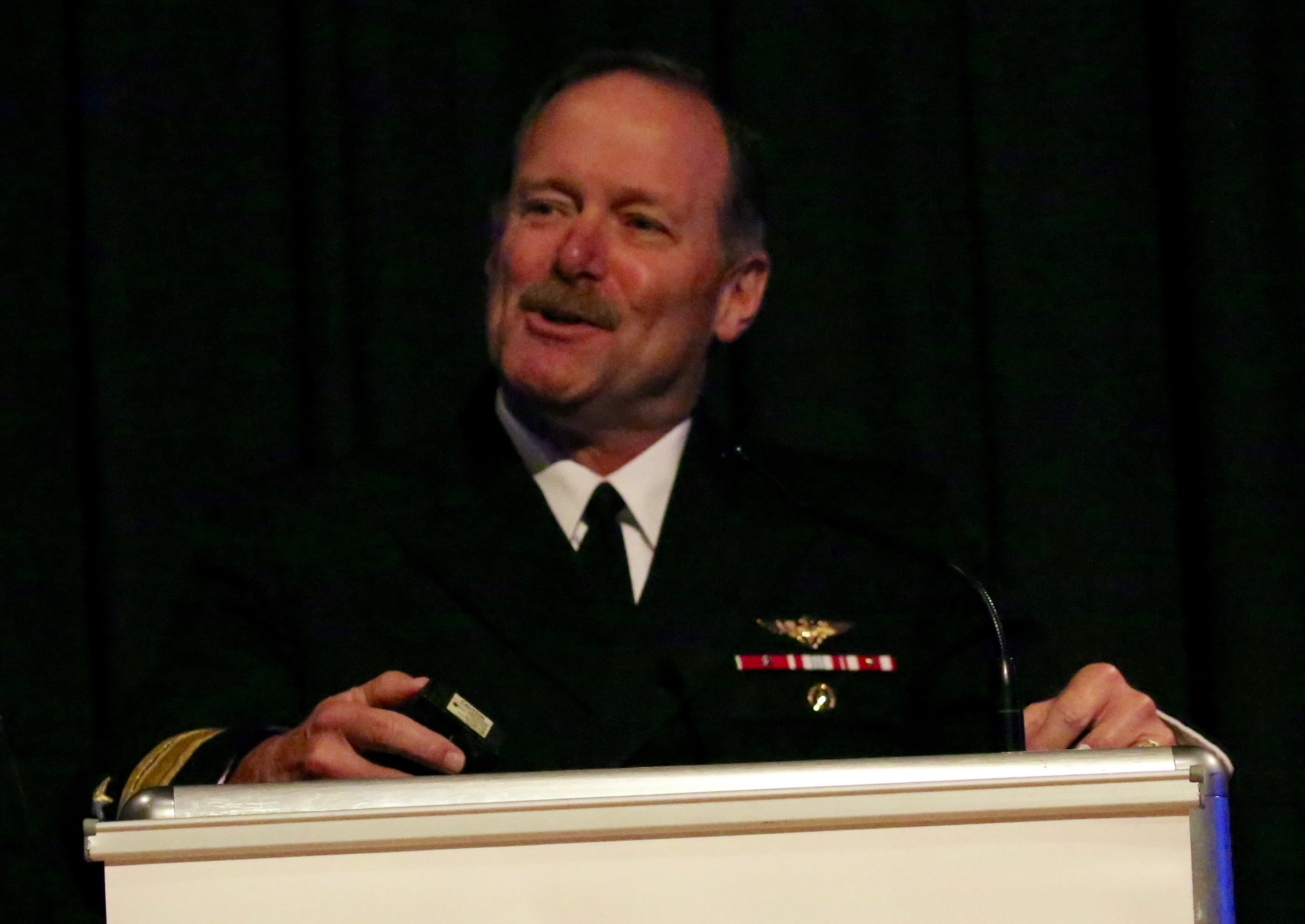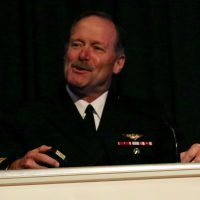2016-08-28 By Robbin Laird
When I first became involved with the Williams Foundation, the initial focus was upon discussing, analyzing and explaining fifth generation aircraft and what they could bring to the force.
This meant in part discussing two platforms which are described as fifth generation, namely the F-22 and the F-35.
This could descend into a platform discussion in which the focus would be upon contrasting legacy (i.e. platforms which came before) and the latest combat aircraft.
Over the past three years the Williams Foundation has conducted a series of Seminars that explored the opportunities and challenges afforded by the introduction of 5th generation air combat capabilities.
Topics that have been explored to date included:
- Air Combat Operations – 2025 and Beyond
- Battlespace Awareness – The Joint Edge
- Integrating Innovative Airpower (held in Copenhagen)
- Training for an Integrated ADF: Live, Virtual and Constructive
- Design-Led Innovation
- New Thinking on Air-Land
- New Thinking on Air-Sea
The range of seminars has cast the net much broader to discuss what a fifth generation enabled force will look like.
The latest seminar of the Williams Foundation really brought out into the open the core challenges understood from a maritime warfare perspective. The senior Navy leadership – US, UK and Australian – all focused on a 21st century concept of task forces, modular capabilities, and shaping the network as a weapon system.
We have successfully connected key platforms in shaping a more effective “joint” force in which air, sea and land capabilities can be mutually supportable.
But the fifth generation perspective is not that; it is about operating key force structure elements in terms of interactive, interconnected, and integrated operations.
It is about C2 built into the force which allows the force elements closest the area of interest to provide lethal effect and for the strategic leadership to assess that effect and reconfigure force up against strategic objectives.
Put in other terms, we can assume we can connect platforms and operate as a “joint” force. But that simply gives us layers of connected support to lead forces or platforms.
That is not enough for where information rich platforms such as the F-35 are headed – it is about taking a first generation information dominant platform and welding it into a broader transformation which the US Navy calls the kill web, that is how interactive and integrated task force elements can be welded into survivable clusters of capabilities which can deliver lethal effect.
It is what Chief of Navy in Australia called creating a sovereign Australian Defence Force capability for lethal effect executed in coalition in terms of distributed lethality.
It is what Commander of the Fleet calls enhancing the vulnerabilities of the adversary whilst reducing our own.
In the last formal presentation of the Williams Seminar on air-sea integration, John Blackburn, the former Deputy Chair of the Williams Foundation and a past Deputy Chief of the RAAF, addressed the challenge of building from the ground up a truly integrated force.
To do so, requires more than the significant efforts the services are each doing working to shape cross modernization; it required a new approach to force structure design.
He then announced that on 6 March 2017, the Foundation will run a one-day Seminar on the topic of Integrated Force Design, stepping beyond the focus on airpower, sea power and Land power to one of integrated power. He also announced the Foundations plan to run a case study Integrated Air and Missile Defense (IAMD) in order to explore how Australia could achieve an Integrated Force Design.
In an interview after his presentation, I had a chance to talk with the former Air Vice-Marshal who was also a key participant in shaping the Plan Jericho effort of the RAAF.
Question: Clearly, the services are making progress in what one might call interactive modernization.
But this is not enough to get to a truly integrated force which can operate with the flexibility which the senior navy leadership discussed earlier in the seminar.
What needs to be done to get there?
Blackburn: “What we’ve seen in the last decade is the services focused on each doing their transformation or modernization programs in their individual domains.
“There has also been significant efforts to address force integration of existing force platforms or systems. However, such integration is primarily an “after market”activity.
“In other words we are trying to integrate force components after they have been designed or acquired as single service assets. Integration after the fact means that we are always in lag of the threat. As any fighter pilot will tell you, you win by “pulling lead” on the target, not by following in “lag.”
“Whilst this approach may have served us well to date, the changes in technology afforded by 5th Generation capabilities present a unique opportunity to integrate the future force in the design phase of force definition and acquisition.
“A force integrated by design would be far more operationally effective than one integrated after acquisition. Given the threats that we anticipate over the next decades, we have no choice but to take the integrated approach if we are to win.
“The benefits from integration at the design level are becoming more and more evident. However, teaming the three services to work together in the design phase is not in our DNA.
“We are born and bred in single service cultures and, whilst we fight in a joint force, most people don’t think of that integrated force design as being about war fighting, they refer to it as a “process.”
“It’s not a process, it’s about a change in mindset, it’s a change in culture, and it’s all about teamwork before we get the equipment and go to war with it.”
Question: How has the Plan Jericho experience highlighted the importance of this shift in effort?
Blackburn: “The problem became clearly evident when I talked to officers involved with bringing on line the new platforms, such as P-8 or JSF. When I spoke to them I asked them a question, “Okay, you’re working on your project, it’s coming along, it’s looking pretty good.
“How will your capability affect the other parts of the defense force, and what could you do in your area to make sure that your capability is more effective supporting other elements of the force or becoming more integrated with them in operations?”
“The general answer I got when I asked this question was, “Listen, I’m just too busy managing the acquisition of the new platform, we will worry about that once we have it … we have to make sure we get our project right.”
“What I saw was a work pressure and cultural issue: there is no imperative in people’s mind to say, “We’re spending billions of dollars on this capability; how do I talk to my peers who are looking at other projects and make sure collectively we achieve the best results?”
Question: The next Williams seminar is being crafted to deal with this challenge.
How are you going to go about it at Williams?
Blackburn: “What the integrated force design seminar is intended to do is to explore with Defence and Industry people the reality that the technology will enable a very different way of building and fighting the future force.
“By “designing” a capability as a team, we will have a far more effective integrated war fighting capability. This is about war fighting and reducing operational risk, and that is a mental change, it’s not just a technology change.
“My premise is that part of the problem of the integrated force design is a cultural and behavioral one.
“We want to explore this opportunity by selecting a capability such as IAMD, a capability that requires Army, Navy and Air Force and the Joint Staff to sit down together with industry and with academia to explore how we can shape a new capability for Australia.
“The Americans have been there for a while, but this is going to a new space for us.
“What it requires us to do is to sit down and say collectively, “How we’re going to take all the assets that we have, and those that are coming in the future, and make sure we’re going to produce an integrated force with a superior war fighting capability in the extended battle space that will result in lower operational risk.”
“We will explore a new way of working together at the integrated level and we intend to some analysis with force characteristics of this future integrated force. We aim to help the project officers think beyond their own projects to design in greater capability to leverage one another from the outset, from the design level.
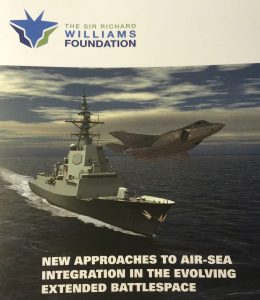
“In fact, the challenge is to ensure that the aperture is wide within individual projects to have the kind of interactive dynamic developments which a joint force design process can unleash.
“Unfortunately, many projects often narrow the aperture to a replacement mindset in order to save time.
“We want the project officers of individual projects to be able to say: “Okay, in my project as well as replacing what I had today, I’ve got to make sure that the capability I’m designing be a part of the future kill web rather than a force component networked or connected in an after-market after thought.
“We see that as the main challenge and the opportunity to design the future force, integrated at birth.”
The slideshow above shows the uniformed speakers at the latest Williams seminar along with the leadership of the Williams Foundation.


